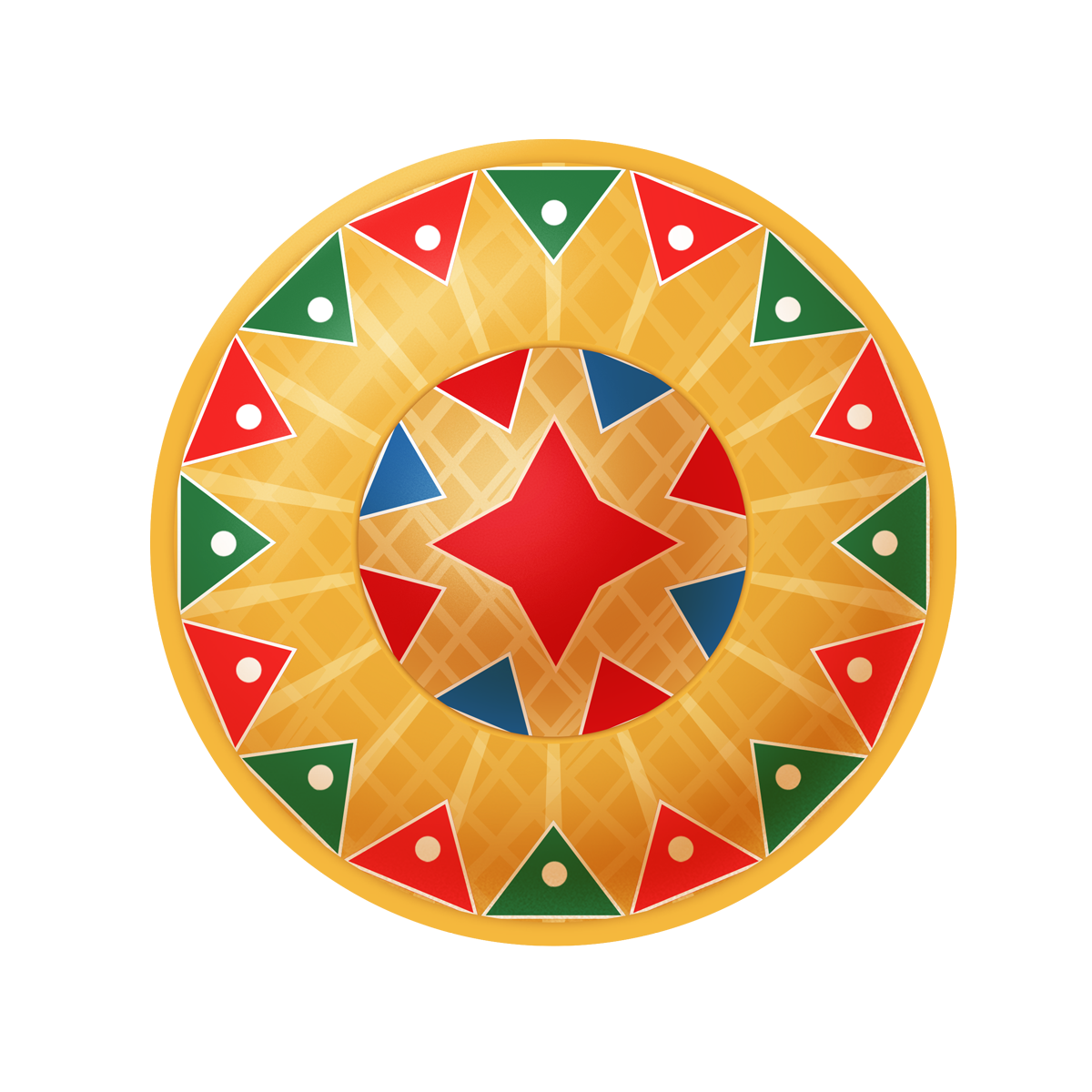Women in STEM
Dr. Sangeeta Das
Assistant Professor
Department of Botany
Bahona College, Jorhat, Assam
(sangeeta.ranidas@gmail.com)
Innovations and discoveries in the field of Science, Technology, Engineering and Math (STEM) are the key to the economic development of any country. Even today, when almost half of the graduates are females but still the number of women entering in STEM fields are very less. Women still suffers from gender inequalities despite being the half of the world’s population. Their contribution and significance are sometimes ignored when compared with their male counterpart. One hardly knows about the names of female contributors in STEM fields but when it comes to males, one can readily spell the names like Aristotle, Galileo, Newton, A.P.J. Abdul Kalam, Tesla and many more. We hardly know very few female names like Merry Cury, Sunita Williams and Kalpana Chawla.
What could be the reason behind? Why so the number of female so few? According to a report by U.S. Bureau of Labor Statistics, 2020, Women make up only 28% of the workforce in science, technology, engineering and math (STEM), and men vastly outnumber women majoring in most STEM fields in college. The gender gaps are particularly high in some of the fastest-growing and highest-paid jobs of the future, like computer science and engineering. But reports say that Only 21% of engineering majors and 19% of computer science majors are women. Read AAUW’s research report for ways we can stop steering girls away from math and science, and make these fields more welcoming for women.
The key factors behind this whole scenario is because of gender stereotypic views about the STEM fields that they are often considered as masculine and we underestimated girls from the preschool stage to pursue a career in STEM fields.There is also a confidence gap between boys and girls right from the beginning of education that girls are somehow not equal to boys in doing Math or subjects like that. All these forces work on building a low confidence the mindset of young girls and by the time they reach college, they are significantly underrepresented in STEM field which eventually lead to fewer number of women contributing in STEM fields. It has been found that nearly 80% of the health care workforce are women, but only about 21% of health executives and board members are women, and only about a third of doctors. Women are more highly represented in lower-paying fields, such as home health workers, nurses and the lower-paying specialties such as pediatricians. 38% of women who major in computers work in computer fields, and only 24% of those who majored in engineering work in the engineering field. On the other hand, men working in STEM fields annual salaries are nearly $15,000 higher per year than women ($85,000 compared to $60,828). According to reports, Latina and Black women in STEM earn around $33,000 less (at an average of around $52,000 a year).
So, how to close this STEM gap? The only way is to build their confidence on subjects like math and science. We need to make them aware that girls are equally capable as boys in STEM fields. In other words, they need to Bread the Biases. One best example is Nancy Grace Roman. She was NASA’s first Chief Astronomer and “Mother” of the Hubble Telescope.When she chose math over Latin, she was asked the reason behind by her high school guidance teacher. Hedy Lamarr was an Austrian-American actress and inventor who pioneered the technology that would one day form the basis for today’s WiFi, GPS, and Bluetooth communication systems. Ada Lovelace, a mathematician wrote the very first computer program.Sita and Mathur Kavach from Rajasthan invented the solar cooker in 2003. Dr. Madhulika Guhathakurta is the NASA’s astrophysicist has had the opportunity to work as a scientist, mission designer, instrument builder, directing and managing science programs and teacher and spokesperson for NASA’s mission and vision in the Heliophysics Division. She is the leading scientist of NASA’s project on ‘Living with the SUN’. Vinita Marwaha Madill is an advocate for women in STEM, with a drive to inspire the next generation. Vinita is a space engineer and Founder of Rocket Women. Vinita has also been involved in spacesuit design for the European Space Agency (ESA) along with working as an Operations Engineer for the International Space Station at the German Aerospace Centre (DLR). Being based at Germany’s version of “Mission Control”, she guided astronauts through experiments on the ISS and was involved in astronaut training.
In 2012, Vinita founded the global platform Rocket Women, which aims to inspire women around the world and provide advice on working in the space and technology industries, along with providing a scholarship for women in STEM. Vinita was fortunate to be named as one of the top 100 Most Influential Women Leaders in Engineering in the UK and Europe by the Financial Times 2019. She was also nominated for the Women of the Year awards in the UK and features in the Royal Academy of Engineering’s. This is Engineering campaign to change the stereotype of engineering. Presently, through Rocket Women, Vinita is also focused on developing space outreach projects globally to inspire the next generation.
The Indian Space Research Organization (ISRO) is one of the world’s largest and most successful space agencies.However, like in most other STEM fields, women are underrepresented in the space industry to. But there are some famous women scientists like VR Lalithambika, Muthayya Vanitha and Ritu Karidhal (the women behind Chandrayaan-2), Nandini Harinath (a part of Mangalyaan and various other missions) who played significant roles and contributed to the success of various missions of ISRO.
So, the hope still exists. Its high time to boost up and encourage our girls today so that tomorrow they can become successful women contributors in STEM fields.
Lets’ Break the Bias
